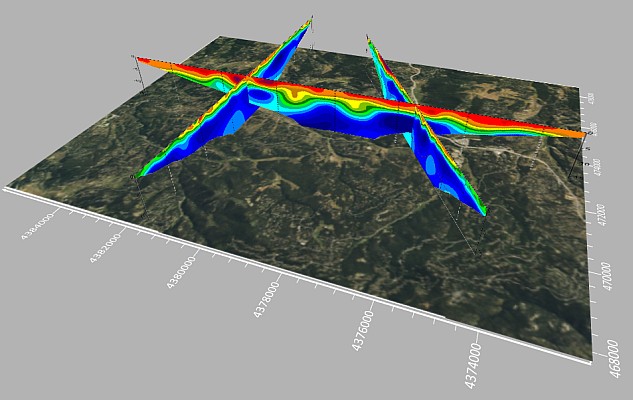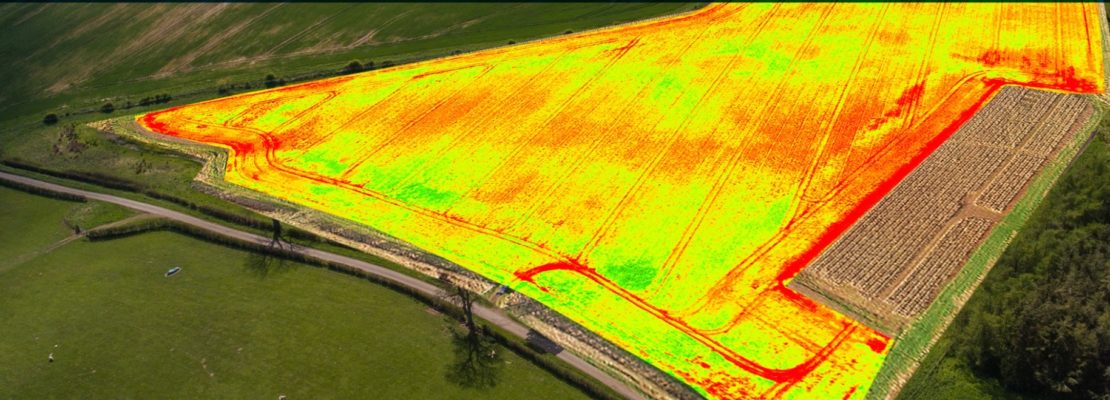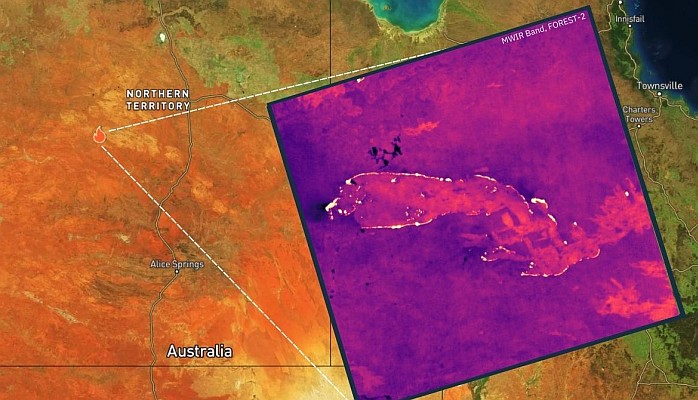eSpatial, a global enterprise geospatial software and technology company and Geomatic Technologies (GT), one of Australia’s leading providers of location-based business intelligence solutions, information products and services, announced at the 2007 GITA Conference the signing of a strategic Partnership Agreement.
Under the Agreement GT will deliver enterprise strength Geographic Information Systems (GIS) and value add solutions built on iSMART, eSpatial’s leading GeoSpatial software suite for development of integrated, enterprise grade spatially enabled applications.
eSpatial’s iSMART supports a number of deployment models which include Pure Web and Customized Client within a scalable, role-based and secure environment. The architectural features delivered with iSMART address standard IT requirements for the deployment of enterprise business applications. iSMART provides an ideal enterprise grade hosted services delivery platform for geospatial applications. Delivered applications and services can also be provided to conform with the Open GeoSpatial Consortium (OGC) Web Services standards.
With offices in Melbourne, Brisbane and North America, and operating around the world, GT is recognised as an industry leader in the integration of spatial data, technology and analysis into enterprise IT environments. GT will deliver iSMART-based web delivered solutions that are rapidly developed, cost effective, easy to deploy and manage and can integrate within existing lines of business systems.
“eSpatial is delighted to enter this Partnership with Geomatic Technologies and I believe together we will deliver innovative spatially enabled applications and solutions to a wide customer base" said Philip O’Doherty, CEO, eSpatial.
Mark Judd, Director of Geomatic Technologies "With the growing demand for up to date spatial information we need to get smarter and more efficient in the creation and maintenance of spatial datasets. We’re especially excited by the innovative solutions iSMART offers which enable web-based data capture and maintenance capabilities on Oracle Spatial, and how such technologies can support GT in meeting the challenge.”






